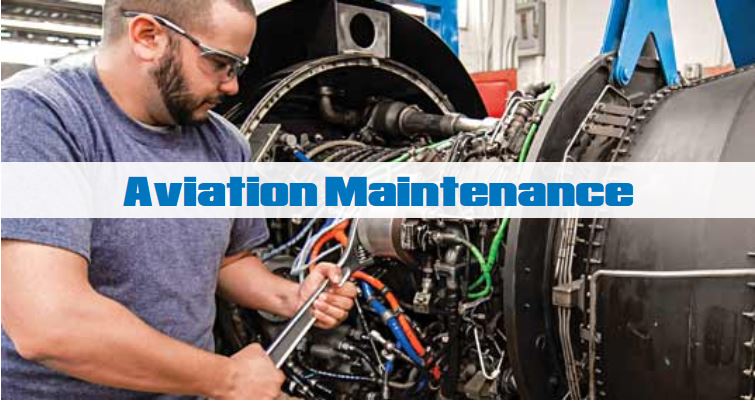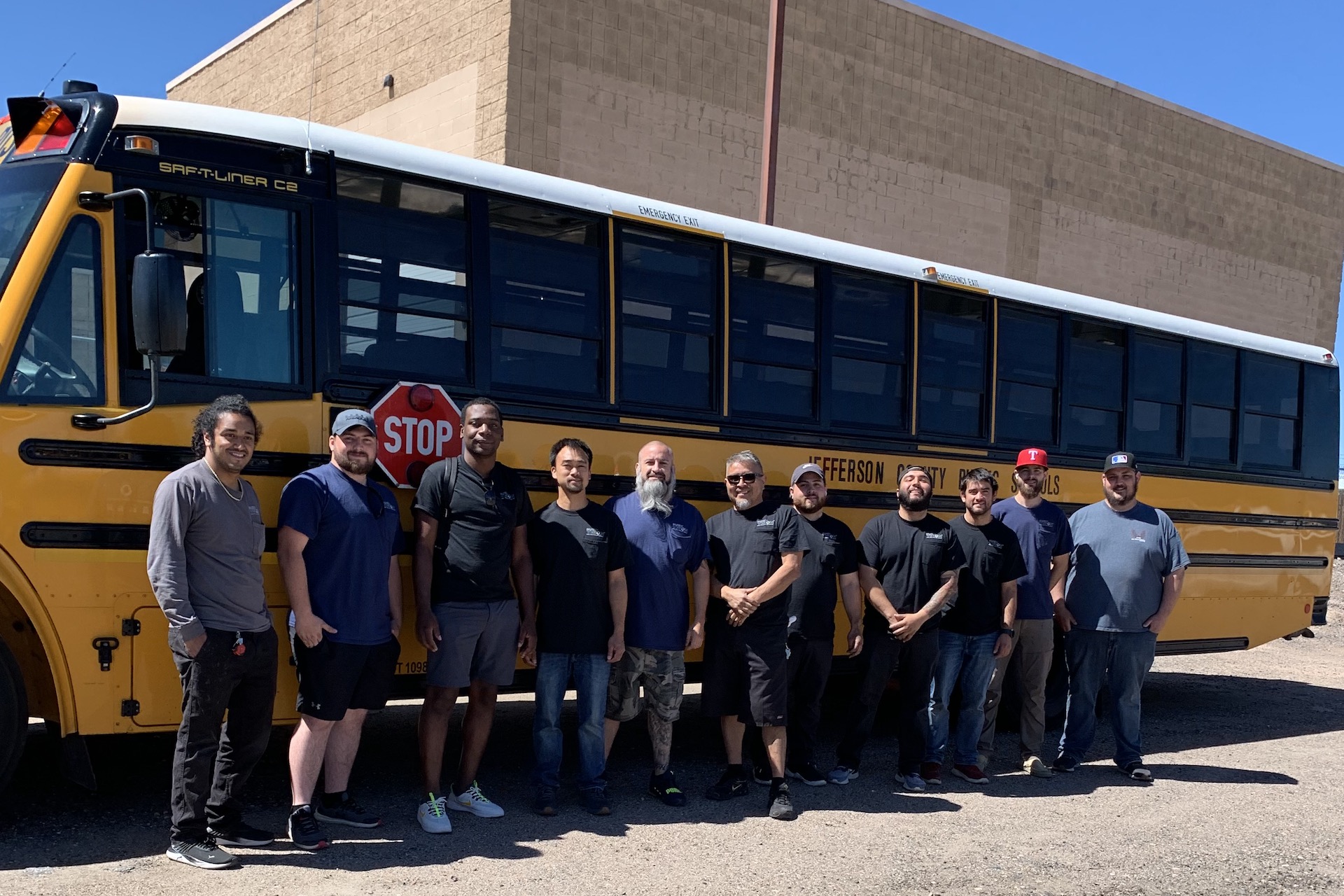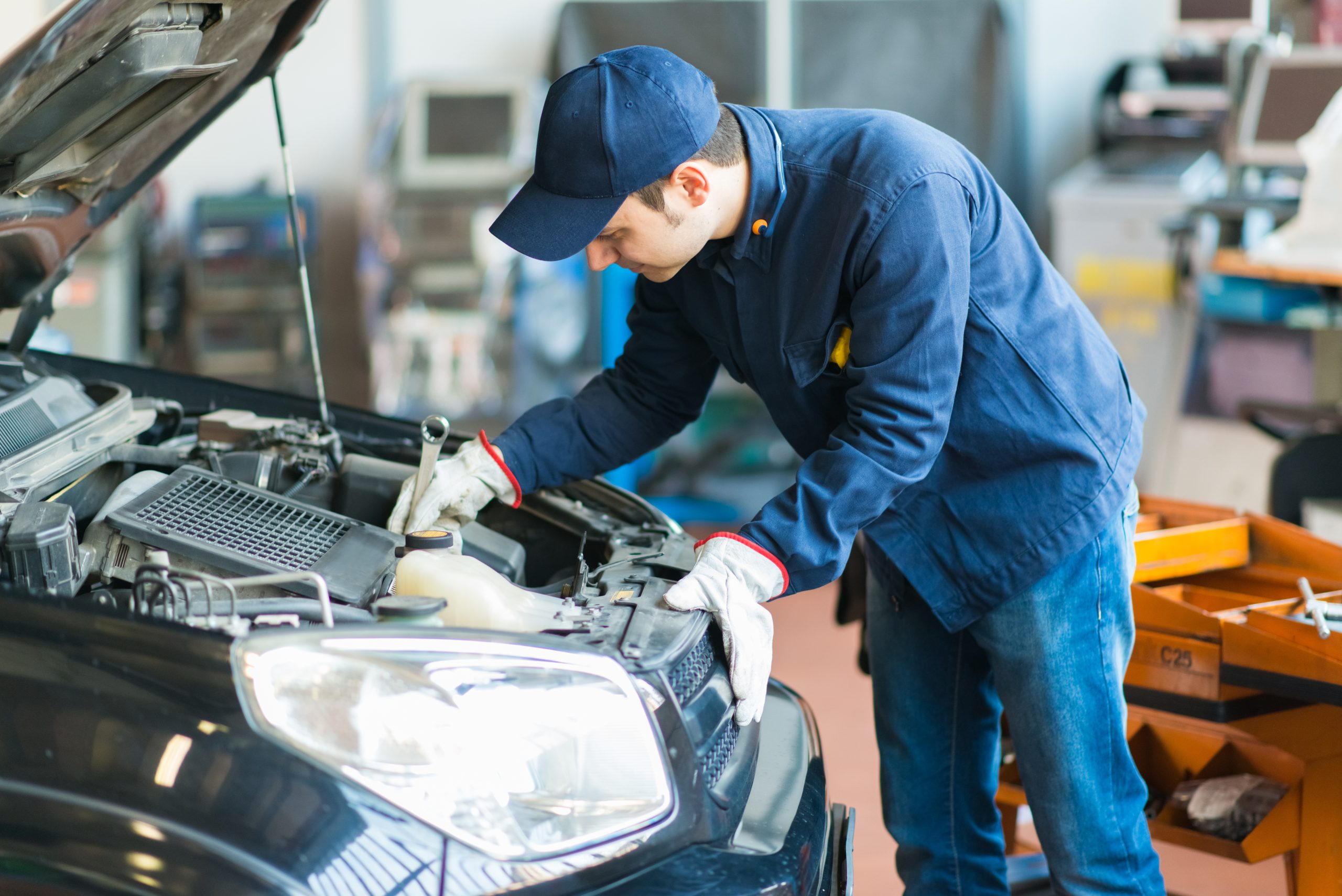
OEM car parts are manufactured by a manufacturer other than the one that made your vehicle. OEM parts for cars are the same as the OEM part. But, aftermarket parts often perform better than OEM parts. If you are planning to buy OEM parts, there are many things you should consider before you make your purchase. OEM parts are more expensive than aftermarket parts. This is because the manufacturer makes them. OEM parts may be more expensive than aftermarket parts, and you might spend more money to replace your car.
Aftermarket parts
Most new cars only use Original Equipment Manufacturer (OEM), but you might be curious about how they differ. Although they are made by another manufacturer, aftermarket parts perform the same function. They can be used as an alternative to OEM parts if necessary. Many people use aftermarket part to repair and maintain vehicles. You can choose which one you want to purchase.
Aftermarket parts can enhance the performance of your vehicle as well as increase its durability. OEM parts may not be covered by the same warranty. Because a single company has millions of parts, it is easier to find aftermarket parts. Besides, OEM parts may not be stocked at your local mechanic's shop. The final decision about which aftermarket parts to purchase is up to you.

OEM parts
It's worth looking at the labels of the original equipment manufacturer (OEM), and the original equipment supplier (OES), when you are buying car parts. The former refers to the company that originally manufactured the part and the latter to the company that made it. OEM car parts are typically more expensive than OES parts. The cost is the main difference between the two labels. OEM car parts are a better way to invest in your vehicle.
OEM parts offer superior quality and performance over aftermarket parts. You will also find that they fit your vehicle in the exact same way as the original, which means less hassle. The manufacturer also guarantees the product's quality. You can also rest assured that it will fit perfectly and last longer. The warranties on OEM parts are available to protect you in the unlikely event that something goes wrong. Toyota authorized dealers can help you purchase OEM parts.
Used parts
OEM parts are the original parts produced by the manufacturer of your car. They will fit perfectly and work with your car. OEM parts are cheaper than buying aftermarket parts. An OEM dealer can sell you a brand-new brake system if your car requires it. They are also more durable than aftermarket parts. However, you should be aware of some things before buying them.
Before you buy any part, ensure that it is of good quality. OEM parts tend to be of higher quality and are more compatible with your car than aftermarket. Also, OEM parts come with a warranty against defects. OEM parts can be quite expensive, so it is important to only buy them if you are able. Some insurance companies won't pay for OEM parts if they are not asked. Before you purchase aftermarket parts, make sure to consult your insurance provider.

Original design manufacturer
An Original Design Manufacturer (ODM), is a company that created the car part for a customer. This is different to an Original Equipment manufacturer, who manufactures the product in bulk. ODMs could provide the seats for Ford or even the entire car. These differences are in financing, design, distribution, and pricing. Let's explore each one separately. Here are some tips for ODMs who are interested in becoming one.
Consider first the advantages of working with an OEM. If a company manufactures parts for another, it sells them through an authorized network of distributors and services providers. One example of car parts is a good one. These are also called original equipment parts. In addition, OEMs design and manufacture their own products. MOPAR, which stands to represent "motor parts", was once the primary manufacturer for Chrysler Corporation's car parts. Stellantis now uses MOPAR as their primary OEM retailer.
FAQ
Does it matter where I go to college?
You're wrong. There is no difference between colleges in terms of how to get into the automobile industry. But, there are better programs at some schools than others. Look elsewhere if you want something more niche.
How do I fix my vehicle as a hobby?
Why not make it a hobby if you're interested in cars? You can repair them, buy their parts, sell them, or just have fun with them. If you are looking for something more, it would be an excellent hobby.
It's difficult to make this a fulltime job. It requires a lot of hard work and dedication. It requires a lot investment.
It is best to avoid getting involved in car accidents unless you have good reasons.
How long does an automotive course take?
A three-year course in automotive is required.
The first year is spent learning about cars and theory. The second year is dedicated towards practical training. This includes learning how to drive, fix engine problems, and doing other maintenance jobs around your car. The last year is spent at a local shop, where you will get practical experience with real-world problems.
What should I know about car mechanics
To work as an auto technician, you don’t need to know much about cars. The only thing you need is the ability to fix them. Most people start by fixing things like changing tires or fitting brake pads.
You need to be able read and comprehend diagrams, follow written instructions and adhere to basic principles of good practice. You'll also need to be able to judge whether parts need replacing or repairing.
It is important that you have proper training and guidance before you attempt to repair vehicles. This is especially true if your job involves expensive parts like transmissions or engines.
Although you won't have to know much about automobiles, you must be familiar with the basics of mechanical engineering as well as physics. This will include understanding the basic principles of engine operation and brake function.
It is important to realize that you must be ready for all types of situations. For example, you may find yourself working on a vehicle that has been involved in a serious accident. Additionally, you will need to have experience with handling accidents and breakdowns.
You should also be open to learning quickly. In order to be able diagnose and fix problems, you will also need to know how to do simple maintenance tasks such tightening bolts.
Statistics
- According to the BLS, the median annual salary for automotive service technicians and mechanics in the United States was $44,050 in May 2020. (uti.edu)
- There were 749,900 jobs available for automotive service technicians and mechanics in 2016, which is expected to grow by six percent through 2026. (jobhero.com)
- Apprentice mechanics earn significantly less hourly than mechanics who have completed training, with a median wage of approximately $14.50 an hour, according to PayScale. (jobhero.com)
External Links
How To
How to diagnose your vehicle properly for repair
First, look at the symptoms of your car to determine if it needs repair. These steps will help you diagnose your car properly.
-
Check engine lights. The dashboard light indicators, including the engine light, oil pressure gauge, battery light indicator, coolant temperature gauge and RPM gauge, should be checked. If any of them have been flashing for several days, it may mean something is wrong with your vehicle.
-
Inspect the tire treads. Tire wear can lead to problems in handling and brake performance. Also, inspect the treads of your wheels. They should look clean and be smooth. It is best to take off the wheels and remove them. Check the tread condition with a flashlight.
-
Observe the brake fluid level. Keep track of the brake fluid level in your vehicle. You can ensure that your brakes are working properly by monitoring the level of brake fluid in your vehicle. Your brakes may fail if the brake fluid level drops.
-
Test the suspension system. It is common for vehicles to have a suspension system which absorbs shocks or vibrations. It improves control and allows for smoother accelerations or decelerations. Your vehicle might feel wobbly, or shake uncontrollably if it has a bad suspension. You can test if your vehicle has a suspension problem by putting weight on either the front or back axle to see how it moves.
-
Examine the steering column. Steering columns connect the steering wheels to other parts of the vehicle. Steering columns can be damaged by accidents. If yours feels loose or shaky, you should replace it.
-
Observe the exhaust pipes. The exhaust pipe helps move gases from a combustion chamber into the atmosphere. If the exhaust pipe is damaged or leaks, harmful fumes can enter your cabin. Additionally, your tailpipe should be fixed immediately if it is bent.
-
Check under the hood. To check for unusualities, look under the hood. Fluids could be leaking from your engine. If you smell something strange coming from your engine compartment you should call a professional technician.
-
You should inspect your air filter. The air filter in your vehicle collects dirt and dust from the environment. A dirty air filter causes your vehicle to run poorly. Replace your air filter regularly.
-
Verify the fan belt. The fan belt that connects your vehicle to the transmission is called the engine fan belt. If the fanbel breaks, your engine won't turn. It's easy to replace the belt. All you need to replace the belt is a screwdriver with pliers.
-
You should inspect the radiator and hoses. The radiator hose transports water from radiator to engine. It can become cracked or damaged and leak hot liquid onto your engine. The hose can be repaired with a pair or needle-nosepliers, and a wire brush.
-
Check the windshield wipers. Windshield wipers use electricity for snow and rain removal. If they stop working they could leave streaks behind on your window glass. Simply change the washer oil to fix the problem.
-
Verify the condition of your battery cables. The battery cables provide power for the electrical systems in your car. If you are replacing batteries, disconnect the negative cord first. Failure to do so can damage your alternator.
-
You should check the headlights. The headlights will illuminate the road ahead. Bad visibility can be caused by headlights that don't work correctly. To determine if your bulbs are out of date, check them.
-
Be sure to check the lights. The lights are there to warn other drivers if they approach you at night. If one doesn't work, it could distract you and lead to an accident.
-
Inspect your brakes. Before you collide with another vehicle, brakes will slow down the car. If they aren't working correctly, you could lose control of your car and crash.
-
Change the oil. The oil keeps your engine well lubricated. It prevents metal parts from rusting too quickly. It is recommended to change the oil each month.